Land
Buy
Oportunidade
Castelo Branco
65 000 €
Ref: 801/T/00021

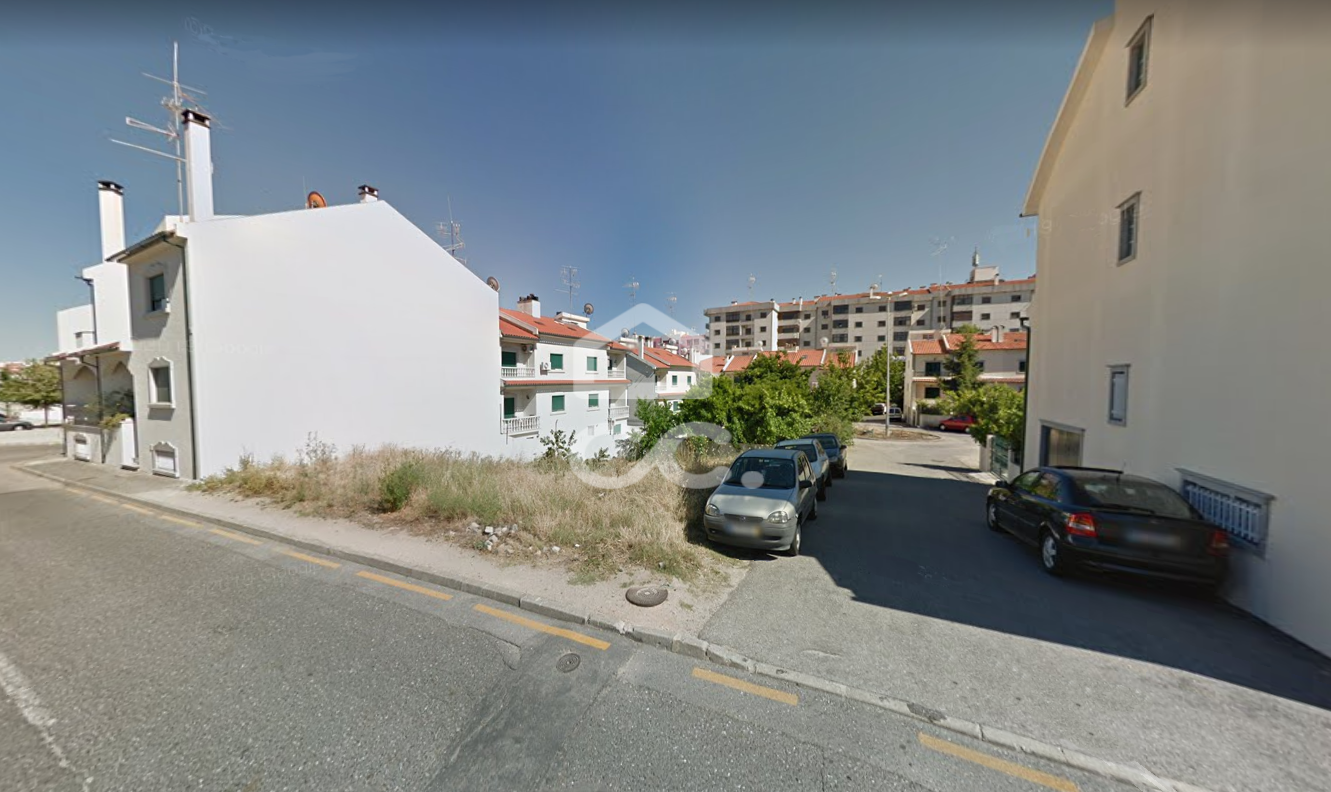
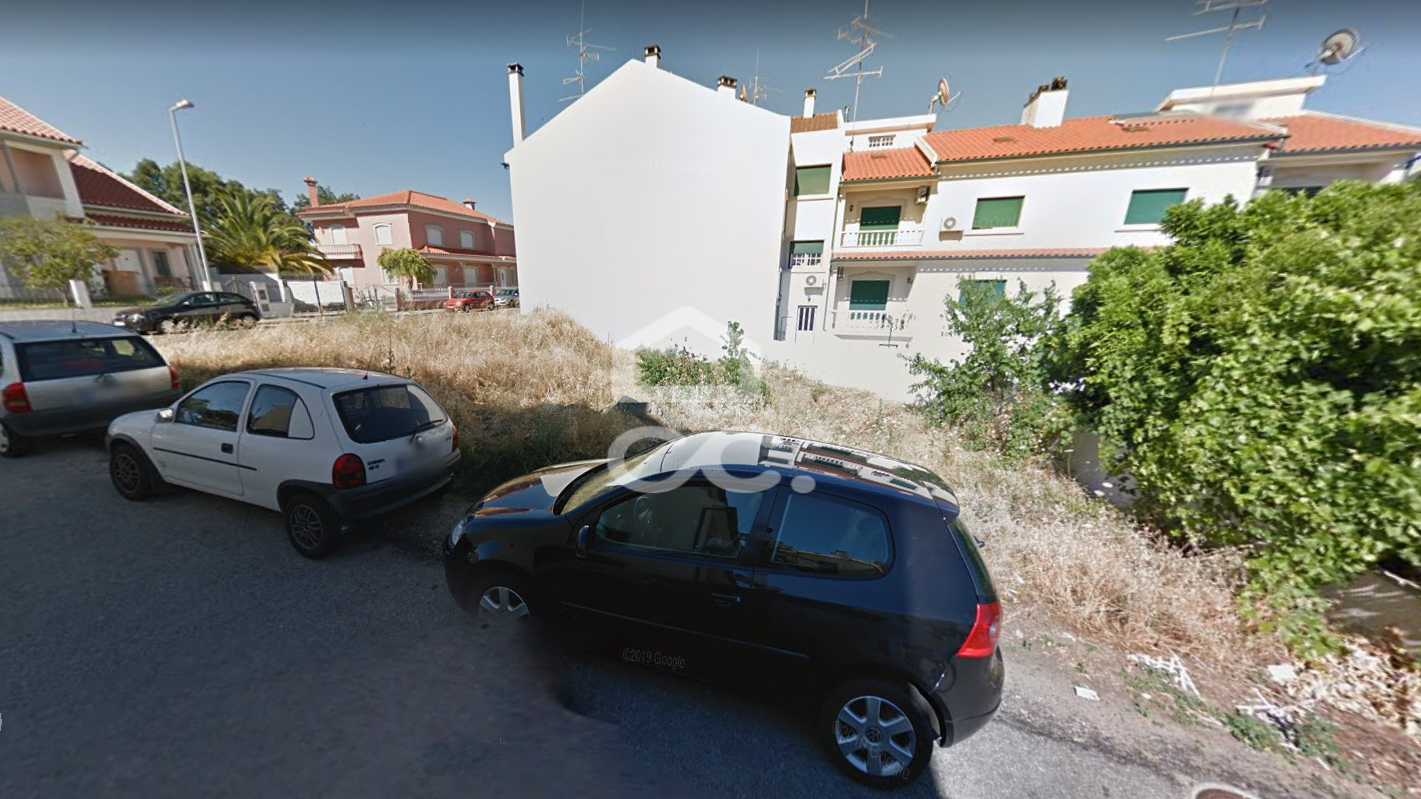

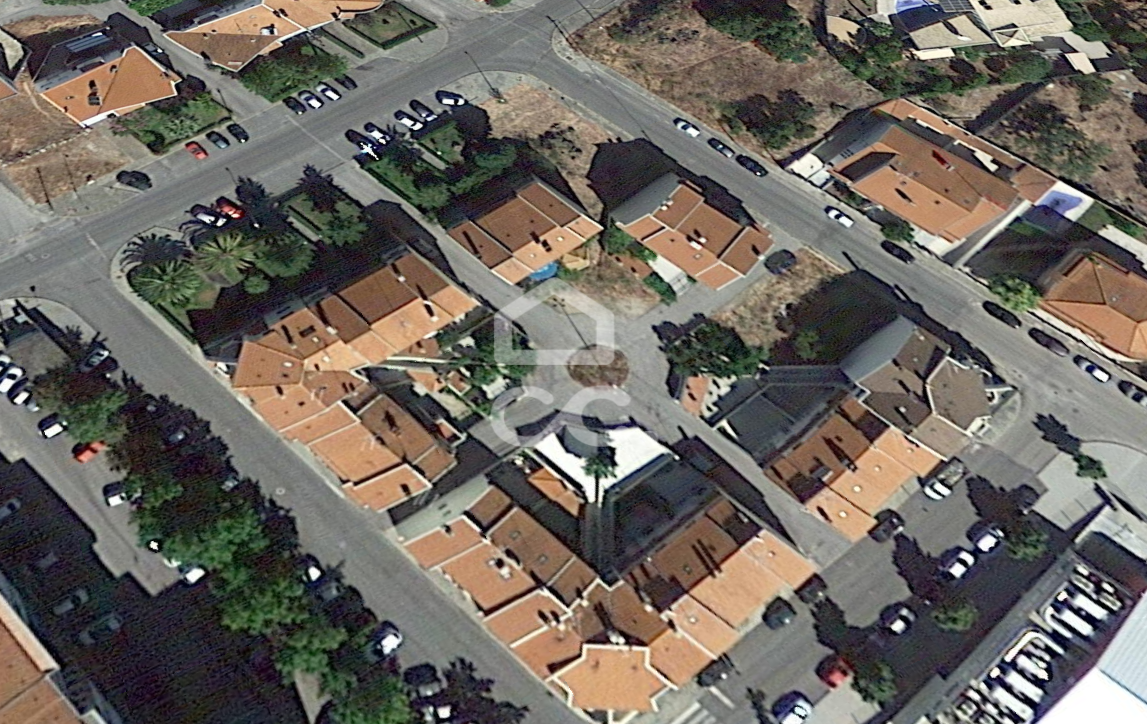
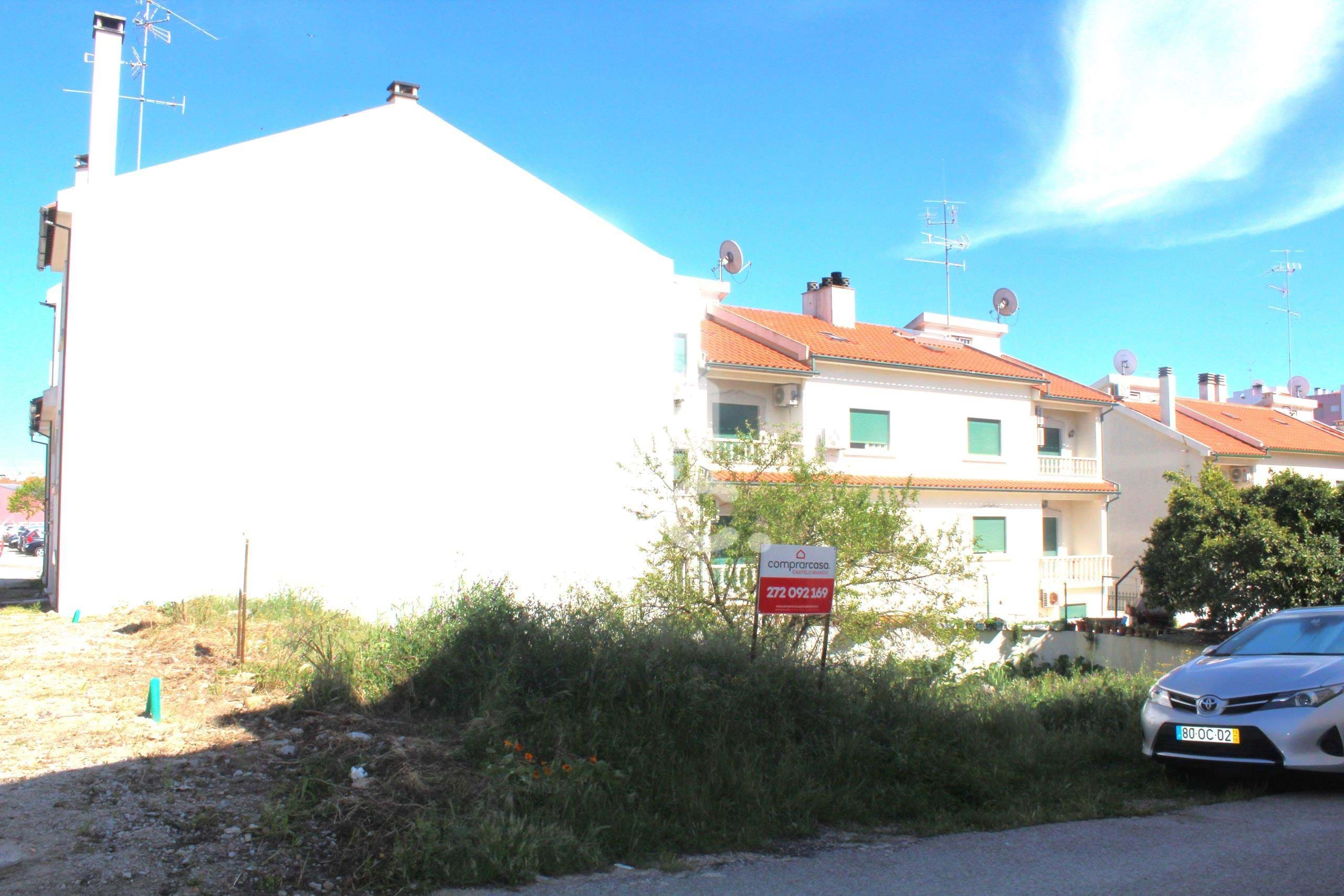

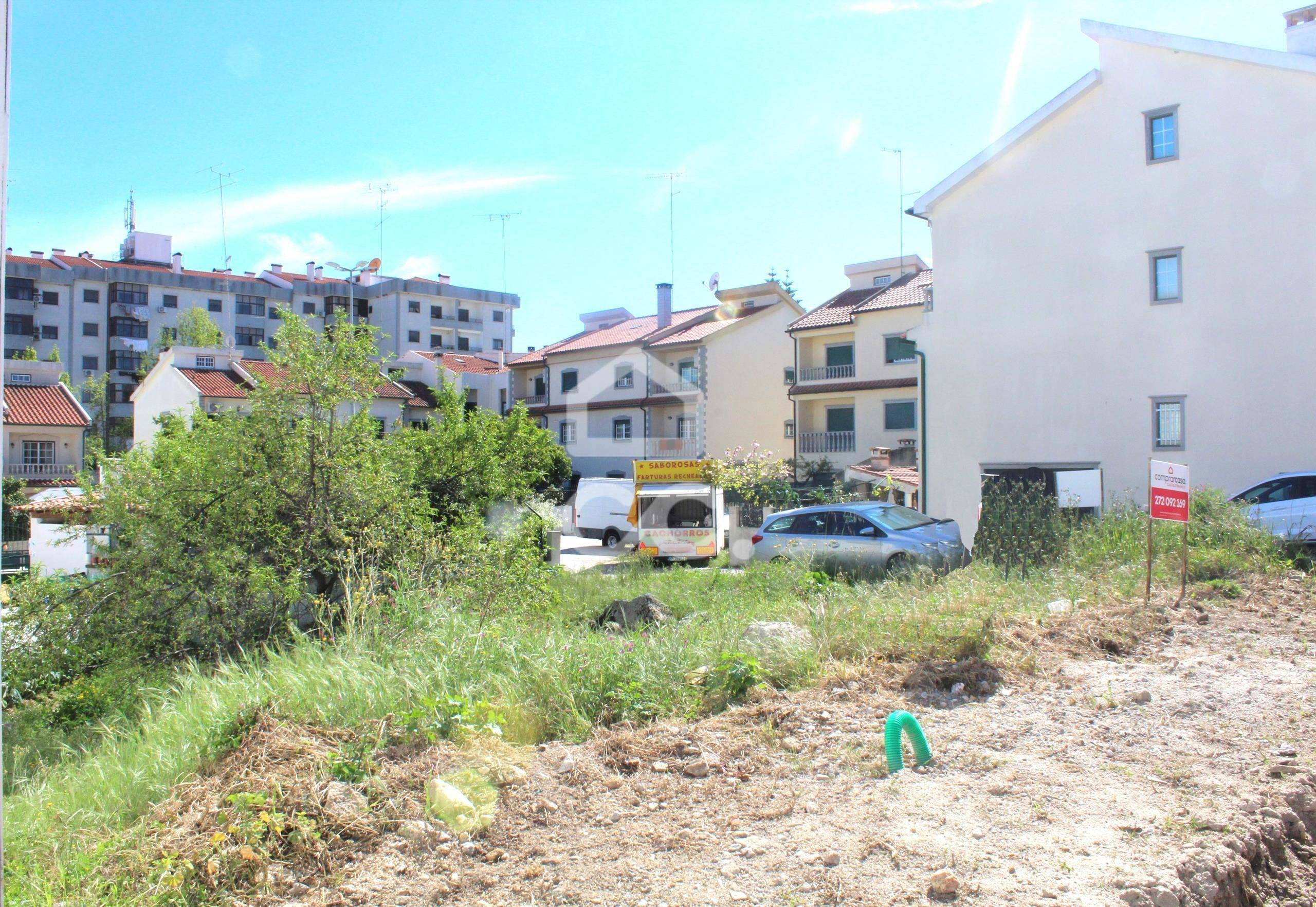
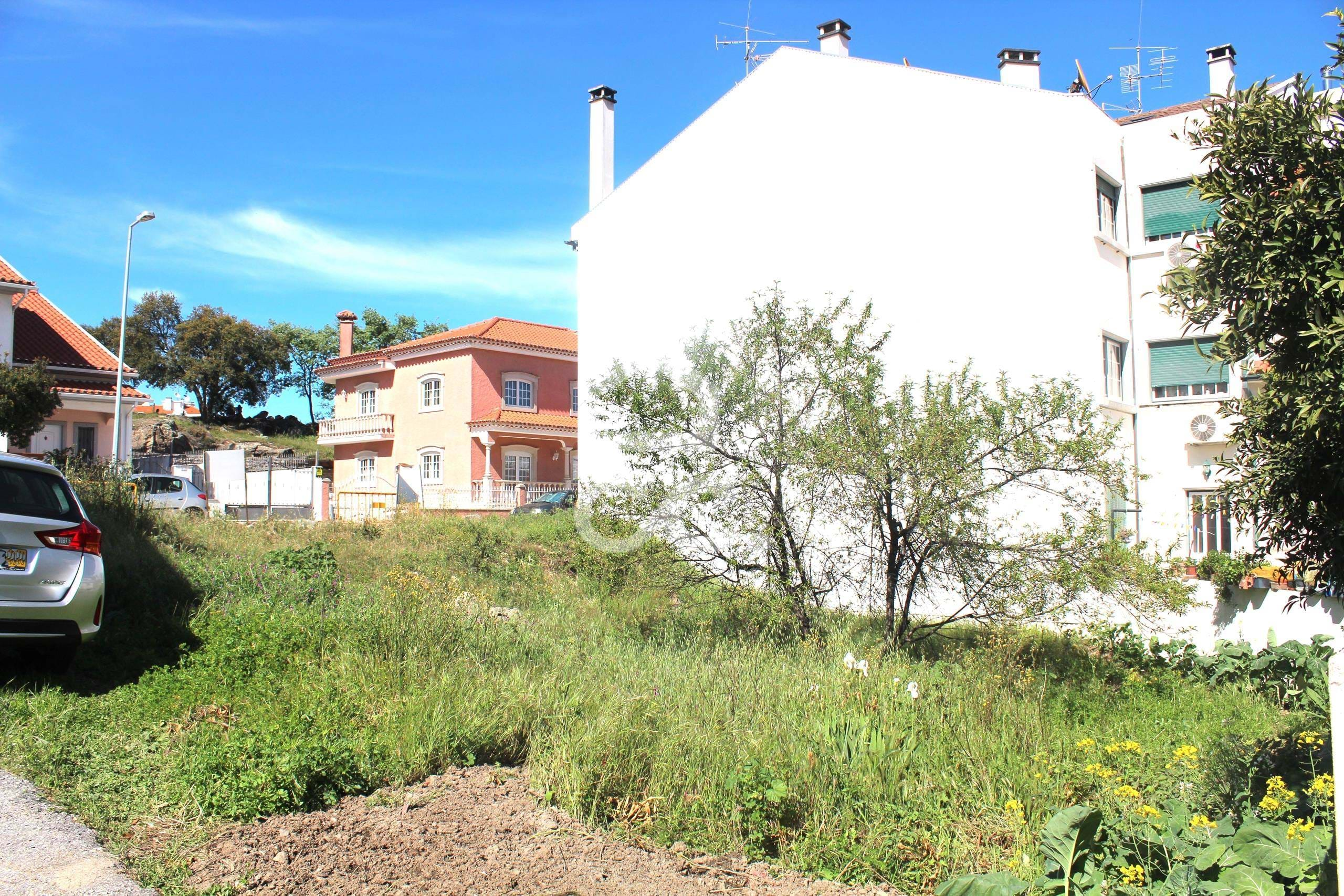 ;
;

- 270 m2
- 270 m2
Urban land for construction of housing in Quinta Pires Marques
General details of the property
- State:
- Equipped kitchen: Não
- Gross area: 270 m2
- Fireplace: Não
- Useful area: 270 m2
- Land area: 270 m2
- Terrace: Não
Land for construction in very quiet area, excellent location, close to the roundabout Europa and Quinta Pires Marques.
Due to the PDM of the Municipal Chamber of Castelo Branco, the construction is required to be exactly like the surroundings. Having the possibility to make division type floor dwelling.
In the project is constituted as Cave, Ground Floor, 1st floor and Attic.
In the Basement has garage, laundry, toilet and patio, (backyard, garden, barbecue). On the Ground Floor has common room, kitchen and toilet. On the 1st floor there is an intimate area and toilets. In the Attic there is storage room with a very large area.
The territory where, in our day, extends the city of Castelo Branco and, in general, a vast surrounding area was, from a distant age, preferred area of housing.
As for population centers it is confirmed today that there were three topologically distinct: one, on the hill where today the so-called "old town" still exists, another in the triangle between the boundaries of the Hermitages of S. Martinho, Senhora de Santana and Senhora de Mércules, the third nucleus, perhaps the least important, located in S. Bartolomeu, 4 or 5 km from the city.
Always out of intrigue between the ecclesiastical or secular nobility as evidenced by the foral of Pedro Alvito, Master of the Order of the Temple, not alluding to the so-called fidalguia, arranging the existing population into two categories: knights and pawns.
Here several chapters of the Order of Temple were held, which clearly demonstrates its importance at the time.
When, in the reign of D. Dinis, the Order of the Temple was extinguished, his possessions were incorporated into the Order of Christ, created to replace, becoming White Castle, a Commendament of this last Order.
In 1510, D. Manuel I granted him Novo Foral.
In the Reign of King John III he obtained the title of Remarkable, with all "honors, debuts, privileges, and freedoms."
By the Pombaline charter, of March 20, 1771, the village was raised to the city and, on the immediate day, the supplication was announced to Pope Clement XIV, for the creation of an autonomous bishopric of Castelo Branco. The creation of the Diocese is entirely linked to the elevation of the "remarkable village" to the category of city... "so that the territory of the sudden Bishopric of the Guard, some lands are dismembered, and be erected in them a new bishopric that has as its head the Considerable Village of Castelo Branco ... and that it may be more worthily established in the Cathedral of the same new diocese. Hey for good, you please! May the so-called Villa de Castelo Branco on the day of publication of this onwards be created the city"...
The land, the past and the present, merge in history, art, the experience of its people, its culture, the richness of its crafts, the cuisine, the sweets, the mystique of its festivals and pilgrimages, in fairs and markets, all merged by a agglutinating and defining landscape.
Due to the PDM of the Municipal Chamber of Castelo Branco, the construction is required to be exactly like the surroundings. Having the possibility to make division type floor dwelling.
In the project is constituted as Cave, Ground Floor, 1st floor and Attic.
In the Basement has garage, laundry, toilet and patio, (backyard, garden, barbecue). On the Ground Floor has common room, kitchen and toilet. On the 1st floor there is an intimate area and toilets. In the Attic there is storage room with a very large area.
The territory where, in our day, extends the city of Castelo Branco and, in general, a vast surrounding area was, from a distant age, preferred area of housing.
As for population centers it is confirmed today that there were three topologically distinct: one, on the hill where today the so-called "old town" still exists, another in the triangle between the boundaries of the Hermitages of S. Martinho, Senhora de Santana and Senhora de Mércules, the third nucleus, perhaps the least important, located in S. Bartolomeu, 4 or 5 km from the city.
Always out of intrigue between the ecclesiastical or secular nobility as evidenced by the foral of Pedro Alvito, Master of the Order of the Temple, not alluding to the so-called fidalguia, arranging the existing population into two categories: knights and pawns.
Here several chapters of the Order of Temple were held, which clearly demonstrates its importance at the time.
When, in the reign of D. Dinis, the Order of the Temple was extinguished, his possessions were incorporated into the Order of Christ, created to replace, becoming White Castle, a Commendament of this last Order.
In 1510, D. Manuel I granted him Novo Foral.
In the Reign of King John III he obtained the title of Remarkable, with all "honors, debuts, privileges, and freedoms."
By the Pombaline charter, of March 20, 1771, the village was raised to the city and, on the immediate day, the supplication was announced to Pope Clement XIV, for the creation of an autonomous bishopric of Castelo Branco. The creation of the Diocese is entirely linked to the elevation of the "remarkable village" to the category of city... "so that the territory of the sudden Bishopric of the Guard, some lands are dismembered, and be erected in them a new bishopric that has as its head the Considerable Village of Castelo Branco ... and that it may be more worthily established in the Cathedral of the same new diocese. Hey for good, you please! May the so-called Villa de Castelo Branco on the day of publication of this onwards be created the city"...
The land, the past and the present, merge in history, art, the experience of its people, its culture, the richness of its crafts, the cuisine, the sweets, the mystique of its festivals and pilgrimages, in fairs and markets, all merged by a agglutinating and defining landscape.
Features of the property
General
- Views: City view
- Solar orientation: North, South, West
- Central location
- Energetic certification: Exempt
- Acessos: Transportes públicos, Comboio, Auto-estrada
- Localização: Centro
- Serviços: Centro comercial, Supermercados, Bancos, Correios, Farmácia, Hospital, Escolas, Infantário, Lar de terceira idade, Universidade, Centro de saude, Policia
- Zona envolvente: Residencial
- Vistas: Jardim, Cidade
Outside
- : , ,

